Ecuador Amazon: 8 Things to Know Before Visiting the Amazon Rainforest
Are you thinking about visiting the Ecuador Amazon? In this post, we’ll cover 8 things you should know before you visit Ecuador’s Amazon Rainforest.
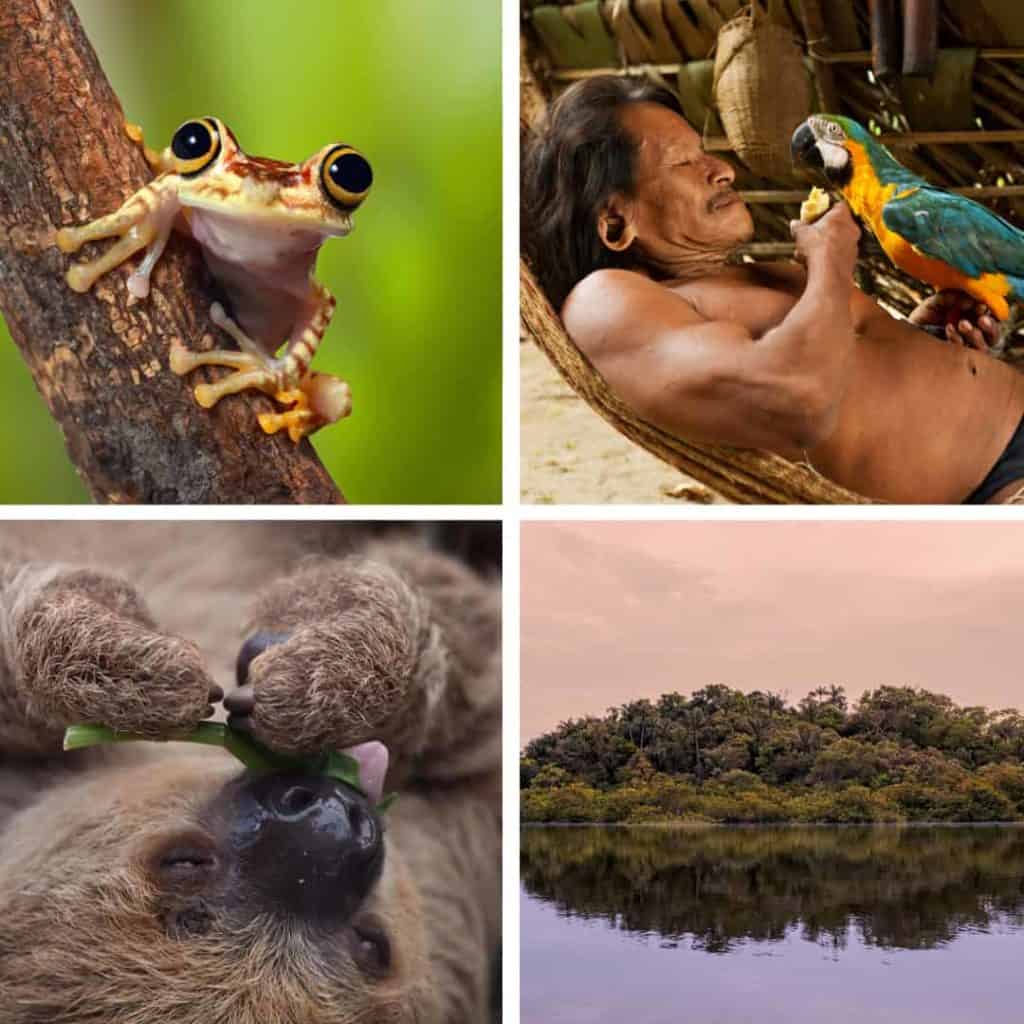
You’ll learn about yellow fever risk, the climate, accommodations, safety, and more.
Many people travel to the Ecuadorian Amazon to see the animals, so before we get started let’s watch a short video highlighting some of the animals you may see on your trip.
Animals of the Ecuador Amazon video
Now we’ll talk about some things that will help you get prepared and excited about your trip.
Ecuador Amazon: 8 Things You Should Know Before You Go
The Ecuadorian Amazon (el Oriente) is home to one of the most bio-diverse places on the planet. More than 10,000 tourists enjoy Amazon jungle tours each year.
Will you be one of them? If so, check out this list before you travel.
To get started let’s look into yellow fever, malaria, and dengue risk in the Ecuador Amazon.
1. Is there yellow fever, malaria, and dengue in the Ecuador Amazon?
This may be at the top of your list of concerns when visiting the Ecuador Amazon, but the facts may surprise you.
Yellow Fever in the Ecuador Amazon
Because some countries require you to have a yellow fever vaccine before travel if you’ve been in Ecuador, you may think there is a high risk of contracting the disease.
According to a report (opens pdf report) based on information from the Pan American Health Organization and the World Health Organization dated March 16, 2017 there was one confirmed case of yellow fever in 2017 in the Province of Sucumbios. The last reported case was in 2012 in the province of Napo.
So the answer is yes, there is a risk of yellow fever. Is yellow fever common in the Ecuador Amazon? Apparently not.
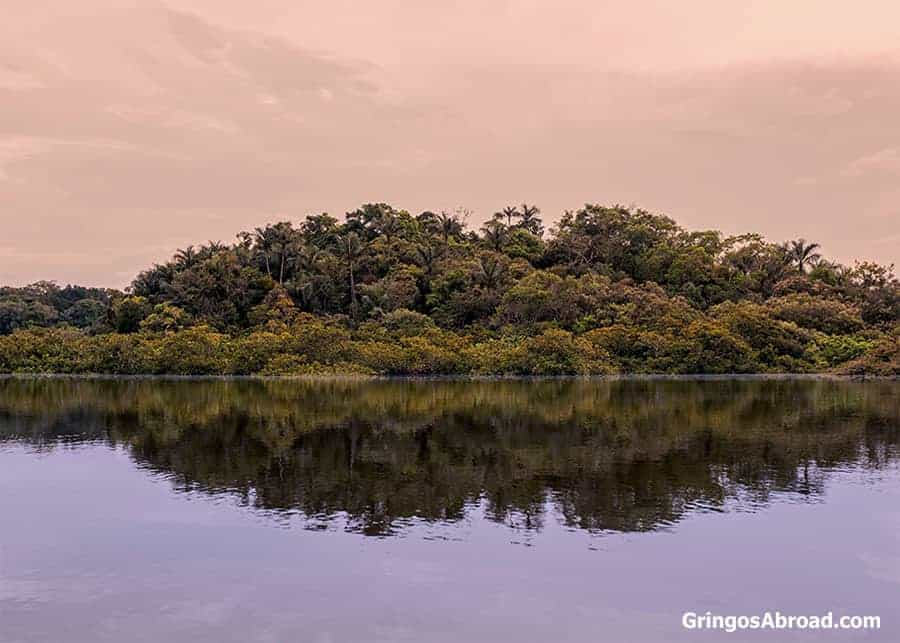
More reading: Buyers Guide to the Best Sun Protection Hats
You may be wondering if you should get a yellow fever vaccine before you travel. That should be discussed with your doctor. Going to a doctor who specializes in international travel, perhaps at a travel clinic, is recommended.
To keep up with current vaccine recommendations check out the Ecuador section on CDC.gov. You’ll notice that the yellow fever vaccine is recommended for travel to specific provinces in the Ecuador Amazon.
If you’re not traveling to the noted provinces ask your doctor what they recommend. This will help you determine the risk and what you’re comfortable with.
Keep in mind that if you’ll be traveling on to certain countries after your stay in Ecuador you may be required to show a yellow fever vaccine certificate to enter, regardless of the provinces you’ve visited.
Check this list to see if your travel plans could be affected.
While these laws exist, we haven’t heard of them being enforced, but that may change during an outbreak. It’s best to contact the embassy of each country you’ll be visiting to check their requirements.
Malaria and Dengue in the Ecuador Amazon
There is a risk of Malaria and Dengue in the Ecuadorian Amazon.
While you’ll want to take precautions like limiting outdoor activity in the evening, wearing long sleeves, long pants, and using insect repellent, you’ll also want to consider taking medication. Unlike malaria, there are no anti-dengue drugs.
Discuss the area you’ll be traveling in, precautions, and the medications available with your doctor.
Malaria, dengue, and yellow fever are contracted through the bite of infected mosquitoes. And while the risk is not high in the Ecuador Amazon, there is a risk, so you should follow these recommendations to protect yourself.
You should also stay informed about the current situation and watch for outbreaks.
Some travelers decide to get vaccinated and/or take medication, some do not. It’s up to each individual to decide what’s best.
2. Is the Ecuador Amazon Biologically Diverse?
The Ecuador Amazon is home to (what is called by many) the most bio-diverse place on earth: Yasuni National Park.
Yasuni National Park covers an area of 9,820 square kilometers and boasts thousands of species, including:
- 596 species of birds (including harpy eagles and scarlet macaws)
- 150 amphibian species
- 382 species of fish (like the payara)
- 200 species of mammal (including pygmy marmosets – the world’s smallest monkey)
- 121 reptile species (like the emerald tree boa)
- 100,000+ species of insects
Yasuni also holds many world records including 3 world records for woody plant species and 4 for documented liana and tree richness. Learn more about Yasuni National Park in our huge guide.
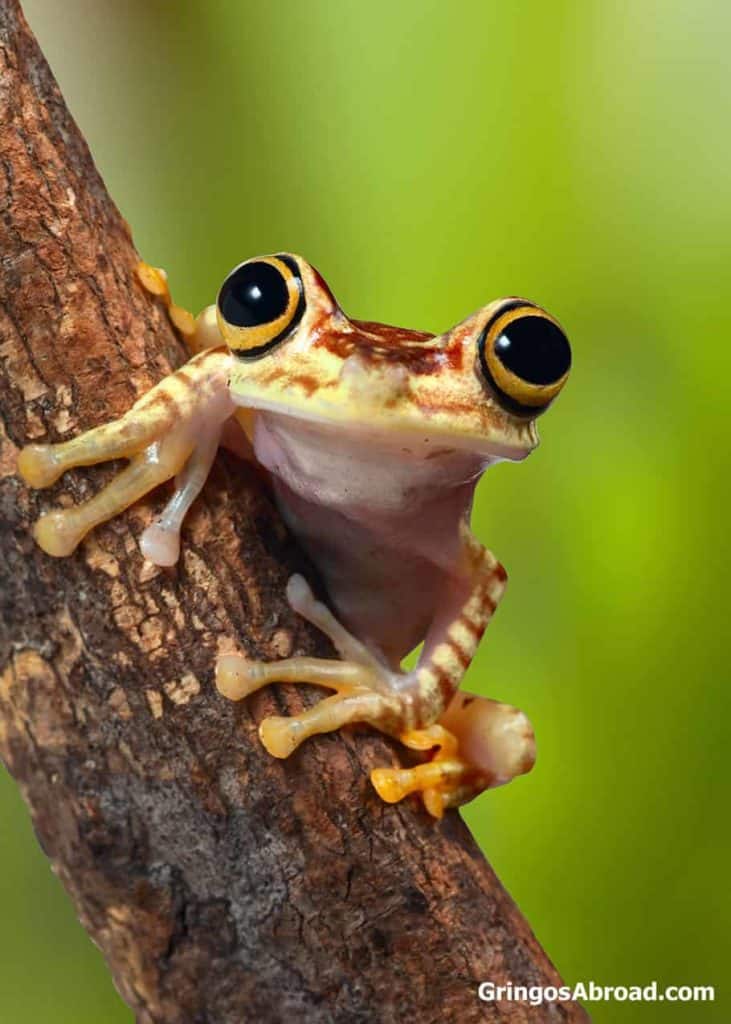
It is believed that this amazing biodiversity is due to the unique location of Yasuni.
The park is located between the Curaray and Napo rivers, at the base of the Andes mountains, near the equator.
There is oil in this area of the Amazon (seven billion dollars worth) and there is an ongoing debate about oil drilling and how it could affect Yasuni.
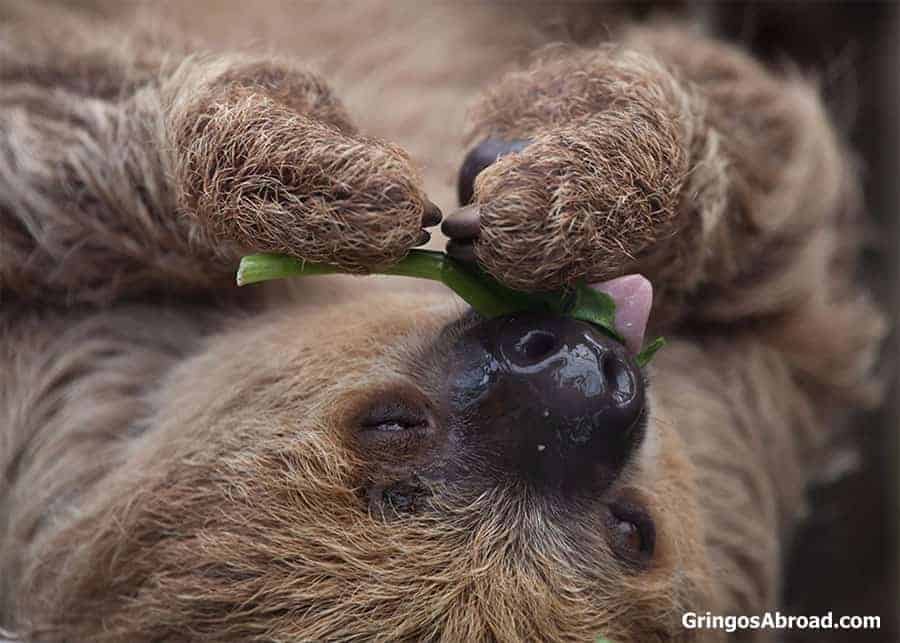
More reading: Guide to Squirrel Monkeys in the Amazon
3. What is the Climate Like in the Ecuador Amazon?
The Ecuador Amazon is part of the Amazon rainforest which stretches from Brazil, through Venezuela, Columbia, Bolivia, and Peru. It’s hot, humid, and rains pretty much every day.
On average this area receives about 3200 – 3500 mm of rain per year. The temperature averages around 23-25 °C.
The dry season usually begins in December and ends sometime in March. But don’t let the term “dry season” fool you, it just means that it rains a little less than the rest of the year.
It does not rain all day long, but you will usually see rain at least once each day. The forest never dries out.
So make sure you bring lots of waterproof travel gear and quick-dry activewear clothing! Probably the most important piece of gear is a waterproof bag. Here’s our guide to choosing the best waterproof dry bag.
4. Is it Safe to Drink the Water in the Ecuadorian Amazon?
No, it’s not safe to drink tap water or the water in lakes, streams, or rivers in the Ecuador Amazon.
There could be waterborne diseases and parasites in the water which could make you very sick and ruin your trip.
It’s only safe to drink purified bottled water while traveling in the Ecuadorian Amazon. You should make sure to brush your teeth with bottled water as well. And be careful not to get water in your mouth while in the shower.
Make sure you know what kind of water was used in any juice (or ice) you may drink.
You may want to consider bringing a water purifier with you. A great option is the self-filtering water bottle.
Each filter will filter up to 100 gallons (640 refills) of municipal water and up to 25 gallons (160 refills) of lake and river water. I love mine – it’s lightweight and fits nicely in my backpack.
It’s a good idea to bring along a portable water filter. They are a little expensive but worth it to avoid a stomach illness.
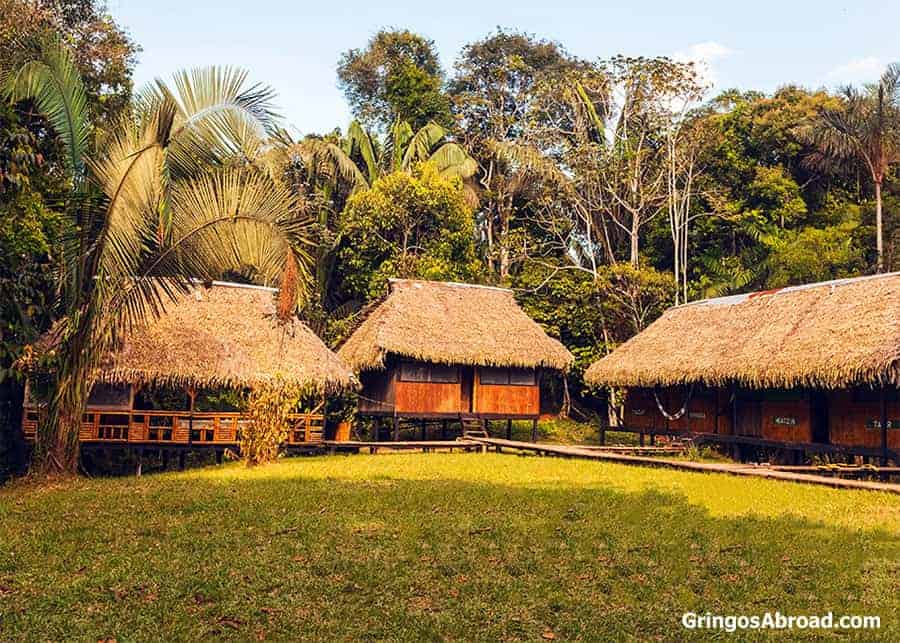
5. Is it Safe to Travel in the Ecuador Amazon?
If you follow some simple safety precautions you should be able to stay safe and healthy during your trip to the Amazon in Ecuador.
- Visit a travel clinic so you can be informed about vaccines you’ll need
- Protect yourself from mosquito bites
- Don’t drink the water or use ice cubes
- Only eat properly prepared (thoroughly cooked) food, including fruit rinsed in purified water
- Keep an eye on your luggage and follow practical steps to avoid pick-pocketing in tourist areas
- Travel with a group
- Stay in an air-conditioned highly rated hotel or lodge
Read more safety tips for shopping and sightseeing abroad.
6. Are There Indigenous Tribes in the Ecuadorian Amazon?
The Huaorani, Shuar, and Kichwa are the three main indigenous tribes in the Ecuador Amazon.
In Ecuador’s Amazon, the Huaorani or Waorani tribe is known as the warrior tribe. Their language is very different than the other languages spoken in the Amazon basin.
There are 5 groups of the Huaorani tribe living in voluntary isolation in the Yasuni area. They are the most vulnerable tribe living in the Ecuadorian Amazon.
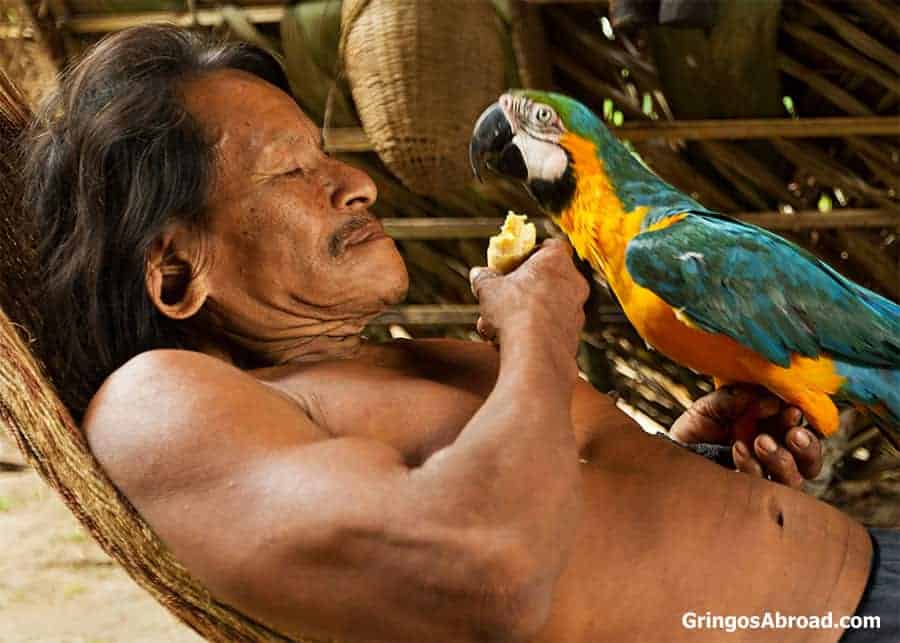
The Shuar are the largest tribe. They make the much-talked-about drink, chicha. This is also the tribe that used to make shrunken heads, some of which can be seen in the Banco Central Museum in Cuenca.
The Kichwa tribe in the Amazon are similar to the Quechua of the Andes, they speak the same language but with a differing dialect. Their traditional dress differs as well.
Many of the lodges in the Ecuador Amazon offer excursions that include visiting local indigenous tribes.
7. Are There Nice Places to Stay in the Amazon in Ecuador?
There are some very nice places to stay in the Ecuador Amazon.
5 Best Ecuador Amazon Lodges
According to this article by Lonely Planet, here are the top 5 places to stay:
Have fun checking them out and don’t forget to read about them on TripAdvisor.
If you’ve stayed in any of them, please let us know how your experience was by commenting on this post.
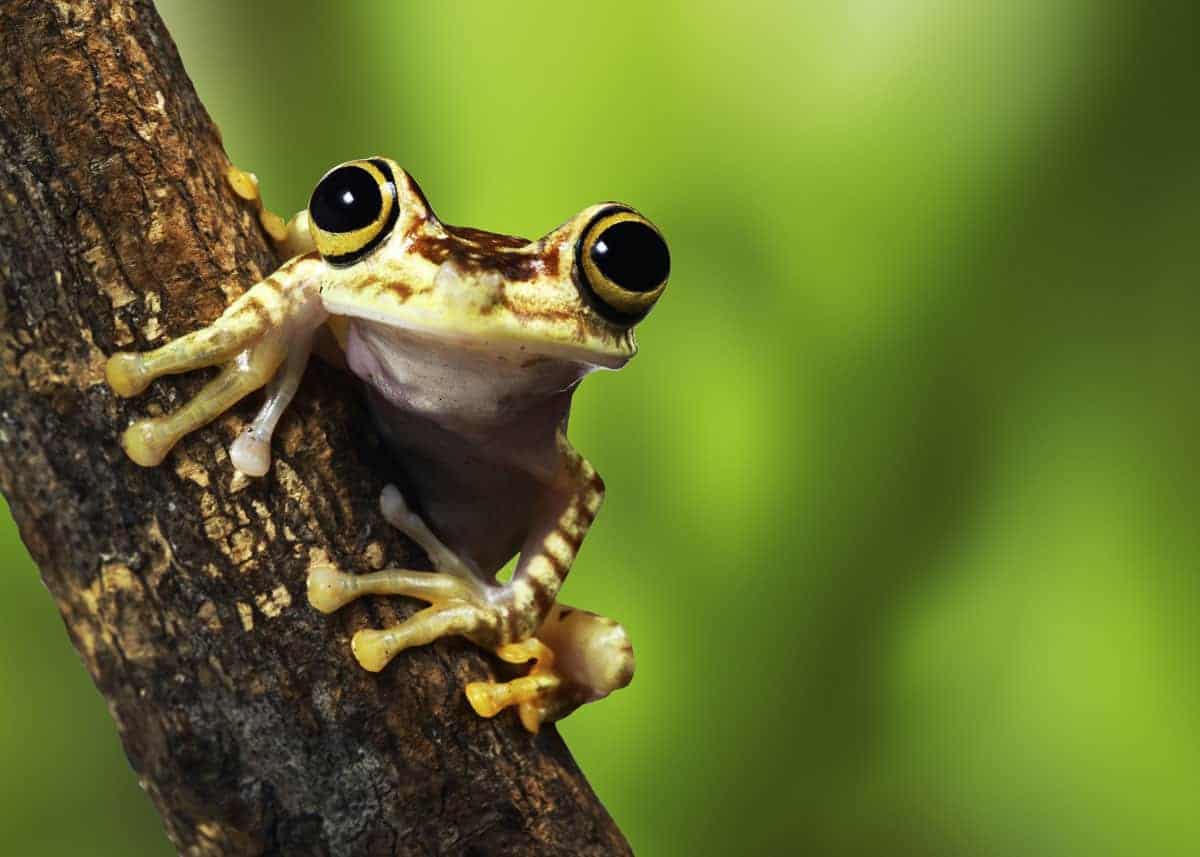
8. How Do You Get to the Ecuador Amazon?
To get to the Amazon in Ecuador you will most likely fly into Quito. Then you’ll catch another flight or take a bus to one of the main cities in the Amazon.
From there you will probably go by canoe to your lodge.
Your travel agent or the lodge you book with will fill you in on the exact details of how to get to your destination in the Amazon.
Learn more about things to do in Quito and 5 travel insurance options for travelers and expats.
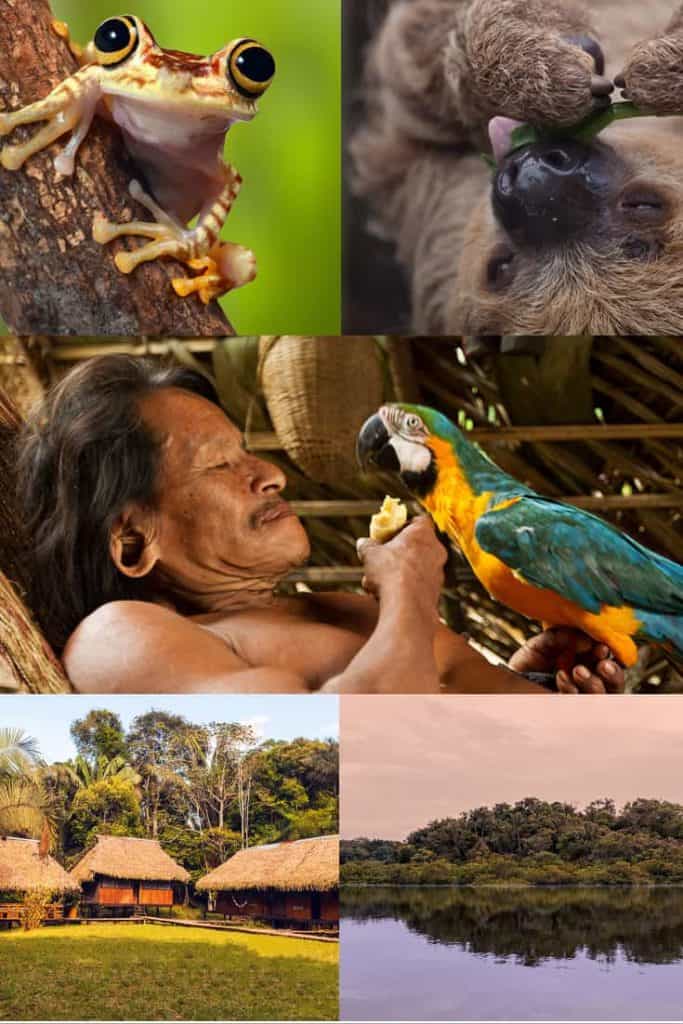
Learn about the 12 Longest Rivers in South America and the World’s 16 Largest Rainforests
Ecuador’s Amazon and You
Have you visited the Amazon in Ecuador? If you have please share your experience by commenting on this post.
If you have questions that were not answered here, feel free to ask them below.
Learn more about Ecuador travel, and the best tools for learning Spanish.

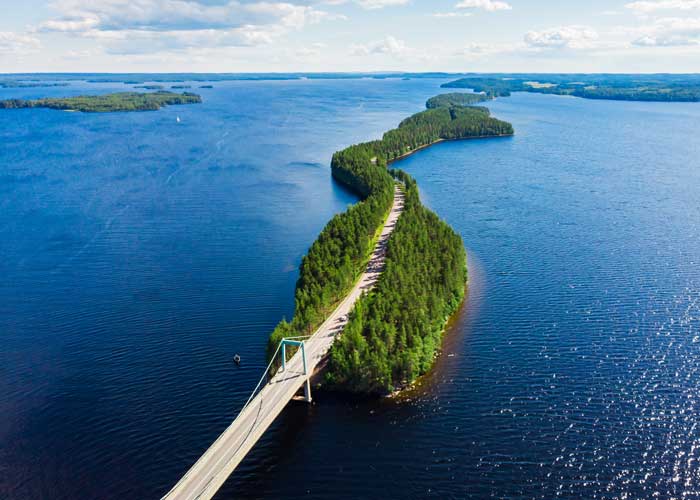
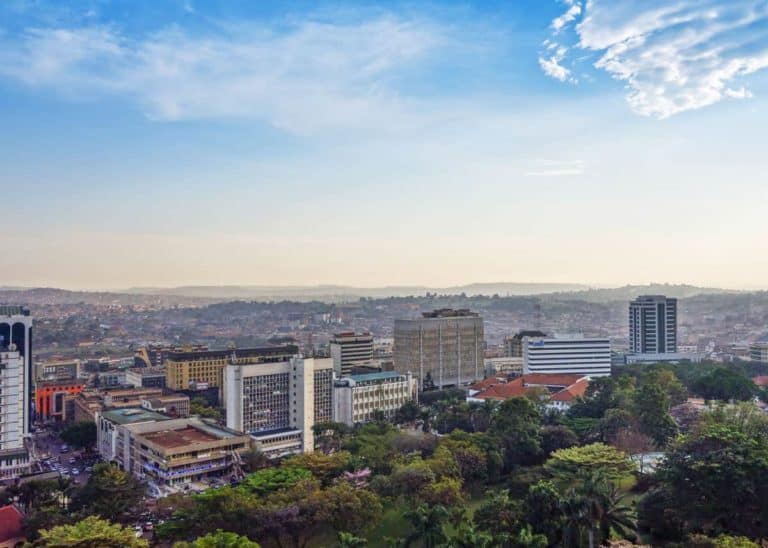
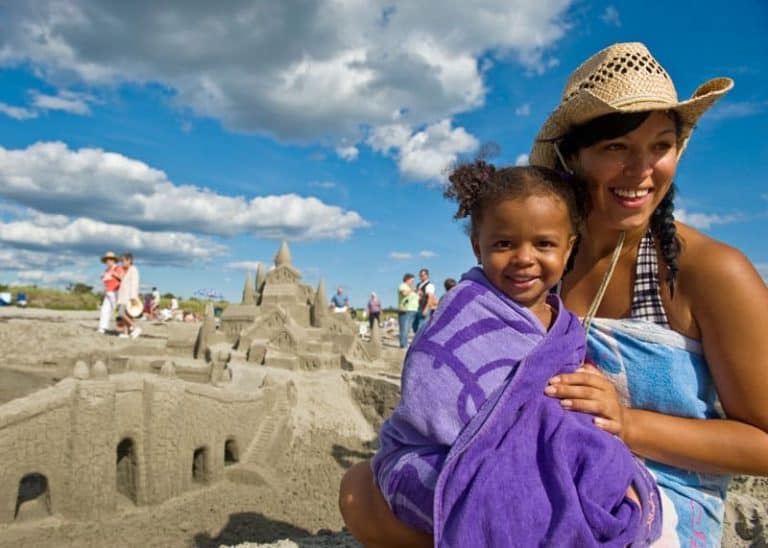
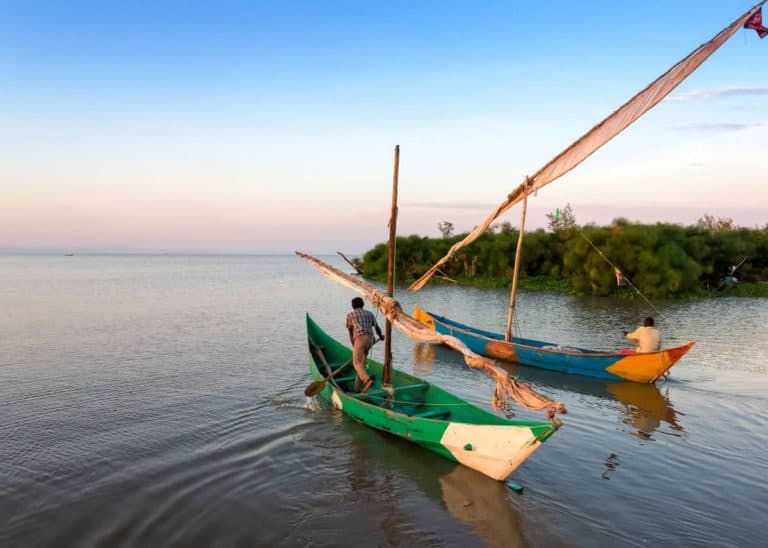
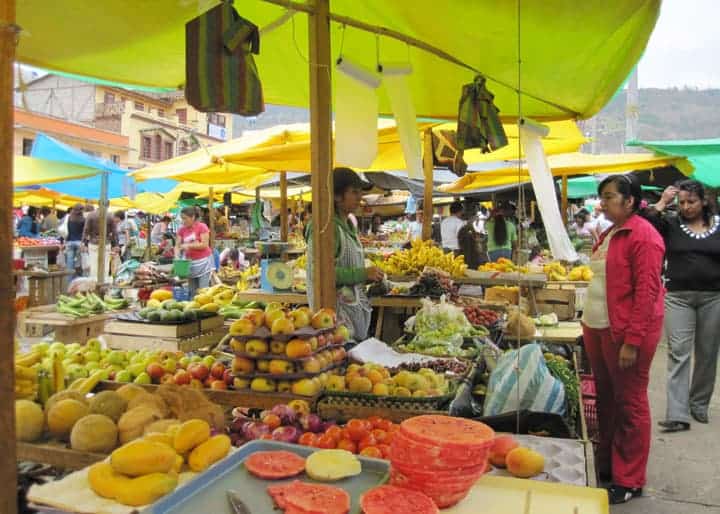
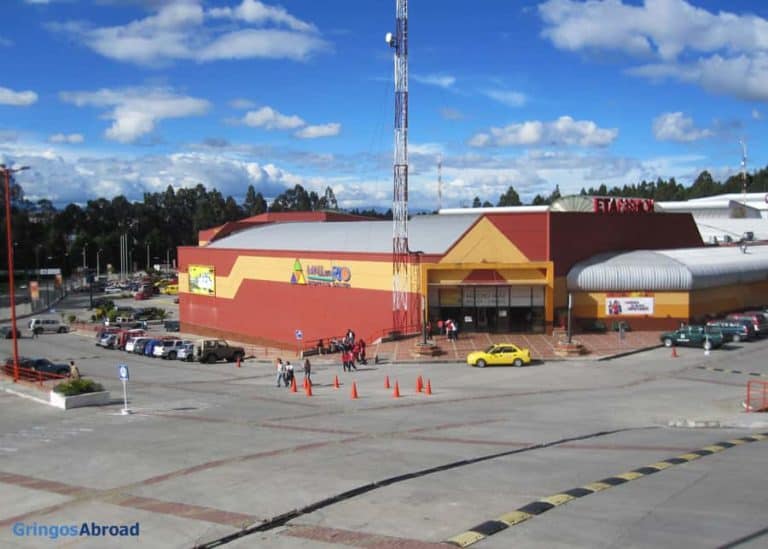
I love the information about the Amazon and Ecuador. We’re traveling there, soon to Quito, Tena, Quilotoa Lake, Galapagos, and more. What gifts can we take for the locals? All suggestions appreciated.
Great information. I found it concerning seeing the oil tankers being constantly shipped up and down the river. Especially considering the incredible animals you can find here. I hope tourism helps spread the word of how important these areas are.
To quote Edward Wilson:
“Evolution required about 10 million years to restore the predisaster levels of diversity. Faced with a waiting time that long, and aware that we inflicted so much damage in a single lifetime, our descendants are going to be — how best to say it? — peeved.”
Hi Dena,
Sensational review here. Really enjoyed it.
I had no idea that Ecuador contained a national park that is the most bio diverse region on earth. Awesome. I loved seeing many of these same creatures when living in a remote jungle in Costa Rica, 3 hours away from humans. Sloths, monkeys, toucans, parrots, and so much more. When you spend even a few days in the jungle – let alone 6 weeks like we did – it changes you in a wonderful way.
All about getting back in harmony with nature, and its infinite perfection.
Thanks for the excellent share Dena.
Ryan
Wow! Sounds like you had an amazing experience Ryan.
Thanks for sharing your thoughts on the post! 🙂